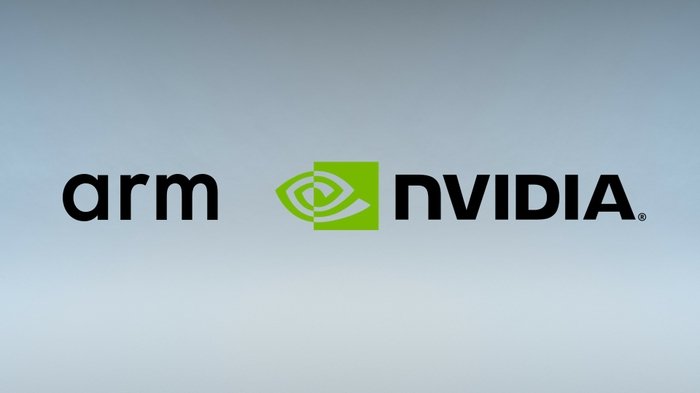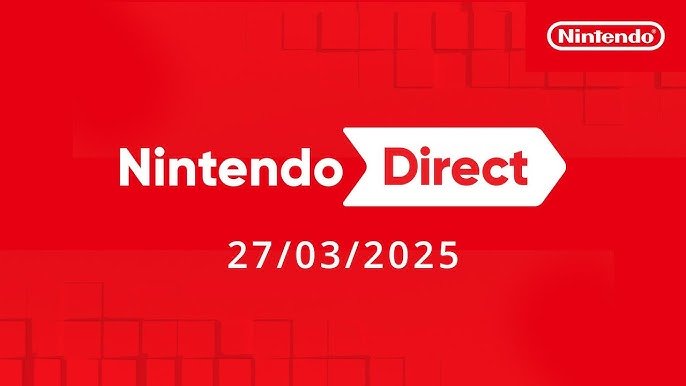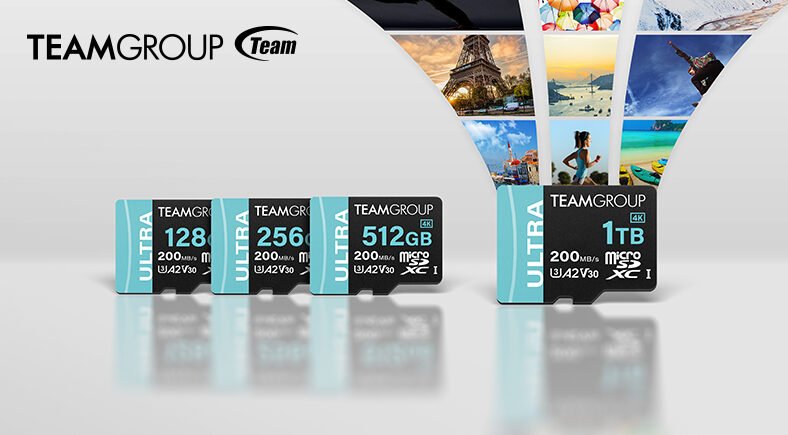
After loads of rumors for several months, NVIDIA has finally announced that it has acquired ARM Limited from SoftBank in a transaction valued at $40 billion. The deal has come forward finally after months of speculation and rumors. According to sources, ARM will operate as a division of Nvidia and will remain headquartered in the UK.
SoftBank still has an ownership stake in ARM which is expected to be around 10%. The deal between Softbank and NVIDIA is the largest semiconductor acquisition in history and marks the second-largest tech acquisition in history behind Dell’s $64 billion purchase of EMC. NVIDIA says that ARM will continue to operate its open-licensing model while maintaining its global customer neutrality.
ARM is a very sought-after company and in 2016, it was acquired by Softbank for $31 Billion dollars. ARM helps power mobile device processors for companies including Apple, Samsung, and Qualcomm. Now that NVIDIA has acquired it, its value will surely go higher.
Regulatory approval of the ARM/NVIDIA deal could take up to 18 months to finalize. In an interview with Forbes, Nvidia CEO Jensen Huang said that his first priority after the acquisition would be to “bring Nvidia technology through Arm’s vast network.” NVIDIA has also said that they will remain committed to ARM’s open licensing model and customer neutrality, all while expanding ARM’s IP licensing portfolio with NVIDIA’s GPU and AI technology.
ARM’s headquarter will still remain in the UK and NVIDIA plans to expand ARM’s research and development presence there with new AI and education centers which will house an ARM/Nvidia-powered AI supercomputer for research.
The deal between Softbank and NVIDIA will see NVIDIA pay a total of $21.5 billion in Nvidia common stock and $12 billion in cash, which includes $2 billion payable at signing when everything is approved. Nvidia will also issue $1.5 billion in equity to ARM employees. All in all, $33.5 billion is guaranteed money for SoftBank, which purchased ARM for $31.4 billion in 2016.
Nvidia is the leading maker of GPUs, which ARM also designs, but other than its Tegra line of mobile chipsets used in devices like the Nintendo Switch, Nvidia doesn’t do much in the way of CPU design or mobile hardware. This will now change and we will have to wait and see if NVIDIA decides to step into the CPU market as well.










